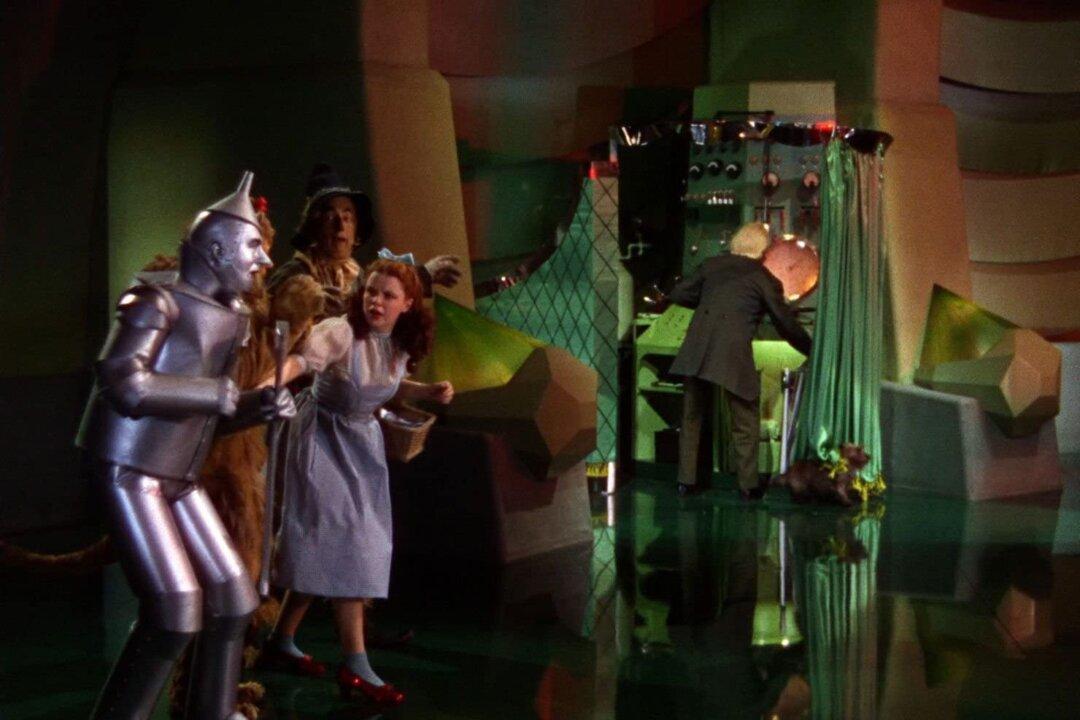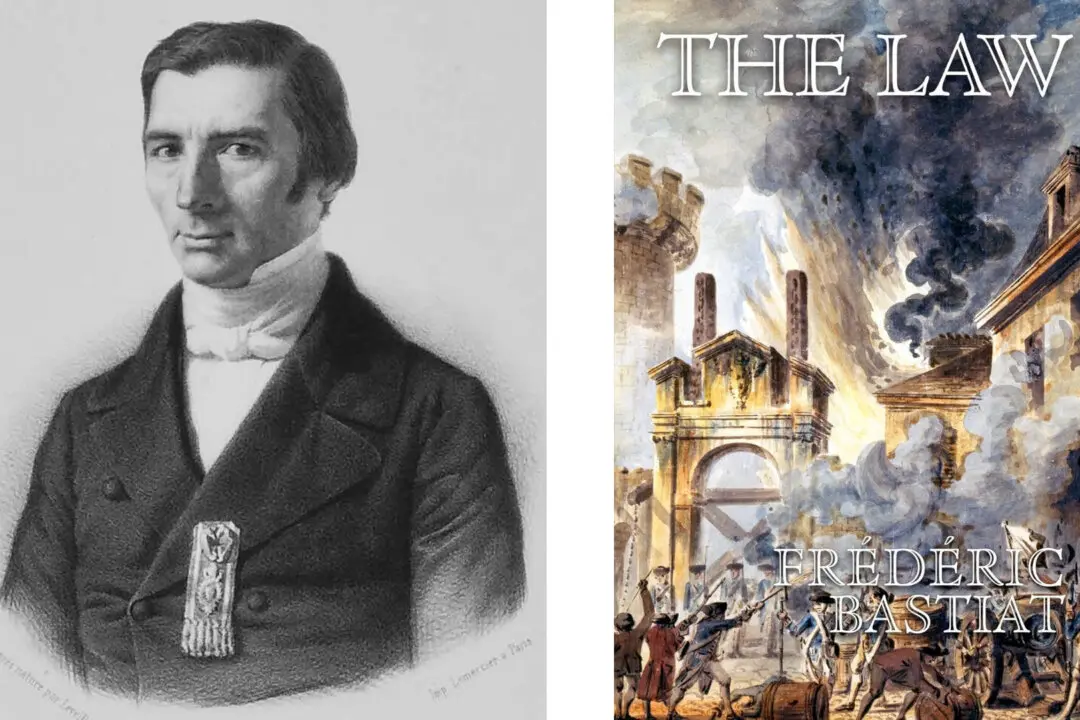Commentary
In the year 1900, following two decades of debate about the future of American money, L. Frank Baum wrote “The Wonderful Wizard of Oz,” which served as the template for the greatest of all American movies. The story is about much more than it seems. Beneath the surface, it’s an attack on ruling-class barons who were pushing the gold standard as the key to sound money and banking. In those days, gold was regarded as an industrial plot, while silver was regarded as the working man’s specie that favored agricultural interests.





